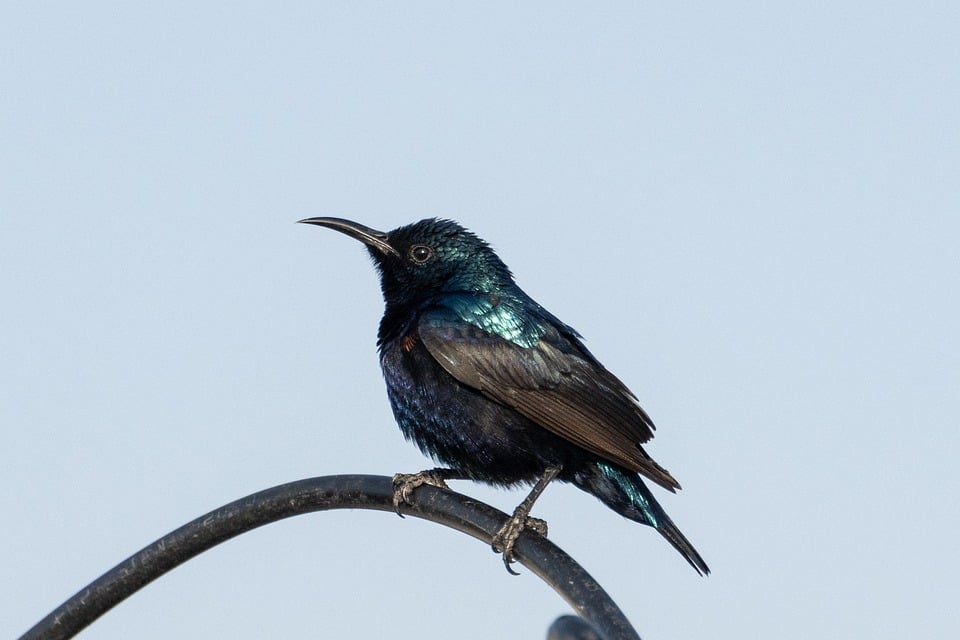In a world that is becoming increasingly interconnected, it is crucial to take a step back and appreciate the rich tapestry of traditional practices that have been passed down through generations. These practices are not only a reflection of a community’s history and values but also serve as a vital link to our cultural heritage.
Historical Context
The diversity of traditional practices can be traced back to the ancient civilizations that once thrived across the globe. From the intricate rituals of the Mayans to the elaborate ceremonies of the Chinese, these practices have been a fundamental part of human society for centuries. Over time, these traditions have evolved and adapted to the changing needs of communities, but they have remained deeply rooted in the fabric of society.
Current State
In the modern world, traditional practices continue to play a significant role in shaping cultural identities and fostering a sense of belonging. These practices can be seen in various aspects of daily life, from the way food is prepared to the way festivals are celebrated. Despite the challenges posed by globalization and modernization, there is a growing recognition of the importance of preserving these traditions for future generations.
Technological Advancements
With the advent of technology, traditional practices have also found new ways to thrive and reach a wider audience. Online platforms and social media have provided a platform for communities to share their traditions with the world, allowing for greater visibility and awareness. This has not only helped in preserving these practices but has also led to a renewed interest in traditional arts and crafts.
Practical Applications
Traditional practices are not just a reflection of the past but also hold valuable lessons for the future. Many of these practices are deeply rooted in sustainable and eco-friendly principles, offering a blueprint for a more harmonious relationship with the environment. By incorporating these practices into modern lifestyles, we can learn to live more in tune with nature and foster a sense of stewardship for the planet.
Future Predictions
As we look to the future, it is essential to consider how traditional practices will continue to evolve and adapt to the changing times. While some practices may risk being lost to history, there is a growing movement to revitalize and preserve these traditions for future generations. By fostering a sense of pride and appreciation for our cultural heritage, we can ensure that these practices continue to thrive for years to come.
Conclusion
The diversity of traditional practices is a testament to the richness and complexity of human culture. By taking the time to explore and appreciate these traditions, we can gain a deeper understanding of our shared history and foster a sense of unity amidst our differences. As we move forward into an increasingly globalized world, let us not forget the importance of preserving and celebrating the cultural tapestry that makes us unique. Thank you for joining us on this journey of exploration, and we encourage you to continue learning and engaging with diverse traditions for a more enriched and interconnected future.









